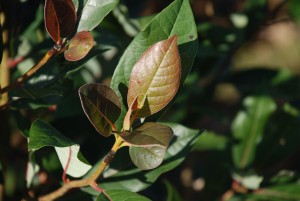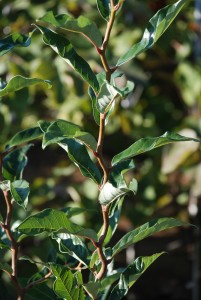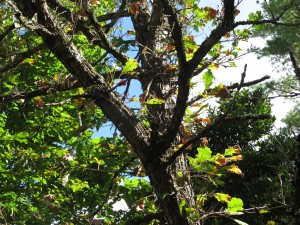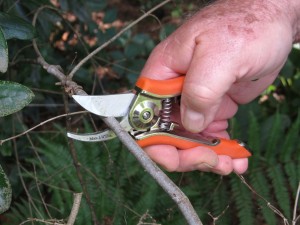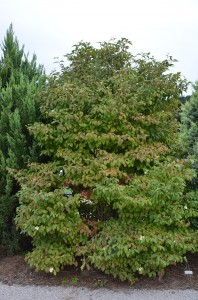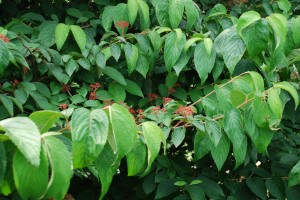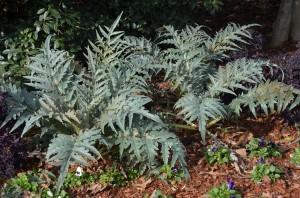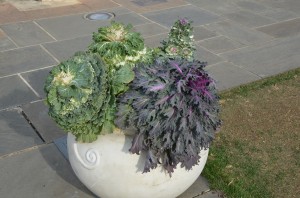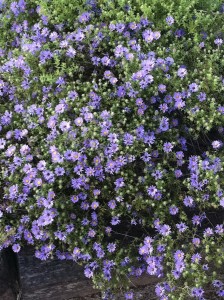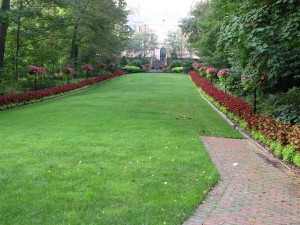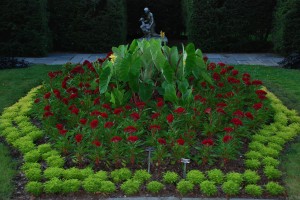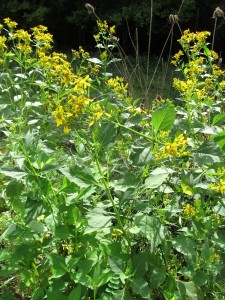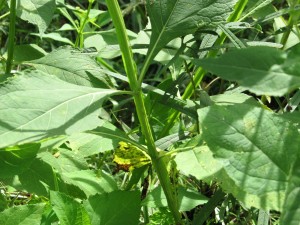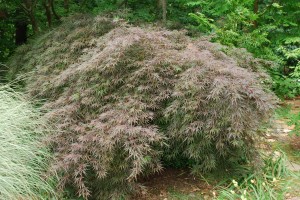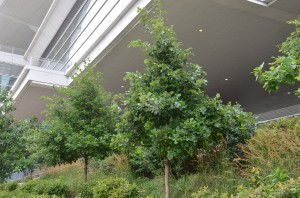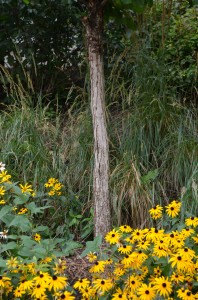U.S. native black gum (Nyssa sylvatica), aka sour gum or black tupelo, is a medium to large shade tree. A young tree has an attractive pyramidal habit and dependable fall color. In the past transplanting black gum has been an issue, but modern advances in growing and planting practices have been solved. New cultivars have favorably changed how we rate black gum as a landscape tree.
Black gum is found throughout most of eastern North America, from Ontario south to Florida, and west to Texas (USDA hardiness zones 4-9). It is widely adapted to dry upland sites, but does tolerate periodic flooding. Black gum handles either partial to full sun. It is best planted in moist, well-drained, acidic soil.
Black gum grows 30 to 50 feet tall with a spread of 20 to 30 feet. In the winter its pyramidal silhouette reminds one of pin oak (Quercus palustris). A tree tends to modify its growth leader to a rounded canopy as it ages. Summer foliage is dark green, and in the fall color blends varying from bright yellow, orange, crimson, and purple. A well-established black gum exhibits good drought tolerant and rarely requires supplemental irrigation. Dormant twigs and buds resist deicing salts.
The tree is primarily dioecious, although you may find some bisexual flowers and fruits scattered through a male tree. Ornamentally, flowers are insignificant. Small blue-black drupe fruits are consumed by a variety of birds and mammals in the fall.
Seedling and some cultivar forms are susceptible to leaf spot diseases in wet summers. Take a peak at these five superior blackgum cultivars:
• Red Rage® (‘Hayman Red’) – reportedly leaf spot resistant and outstanding fall color.
• ‘Autumn Cascades’- a weeping form with irregular form and outstanding fall color.
• ‘Wildfire’- new leaves emerge with reddish tint; glossy green summer foliage and red fall color.
• Green Gable™ – strong pyramidal form (50 feet tall and 25 feet wide), glossy green foliage and outstanding fall color
• ‘Zydeco Twist’- slightly contorted, zigzag branches adds to its many ornamental attributes.

